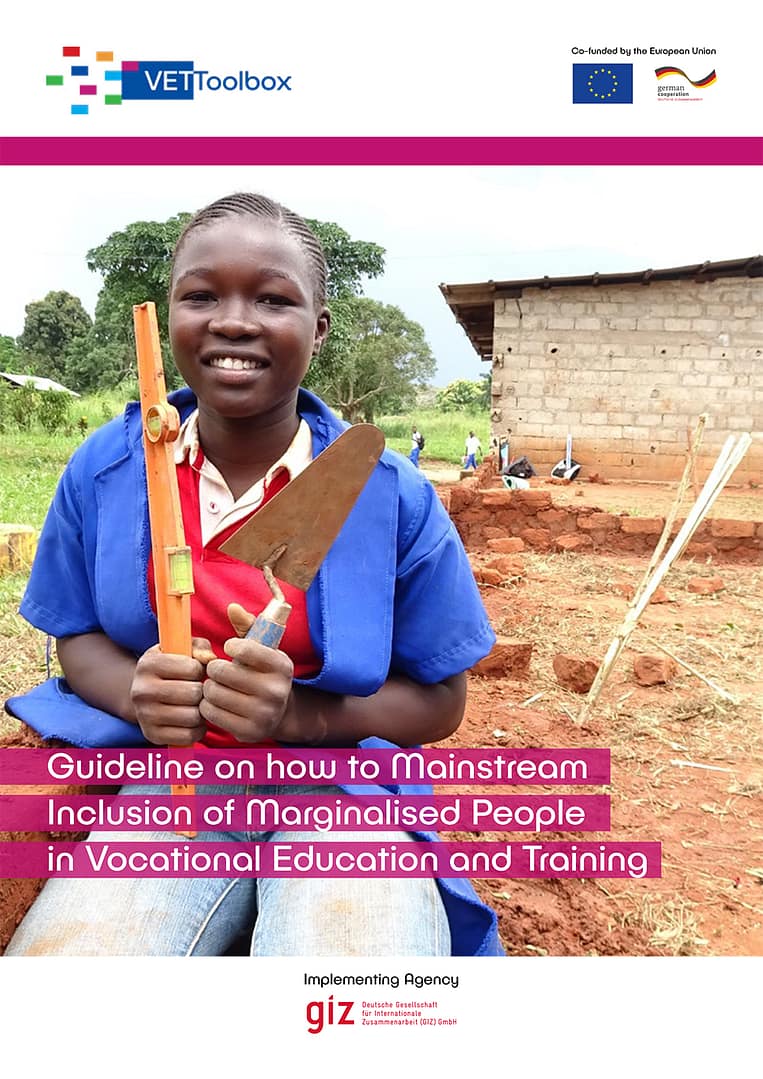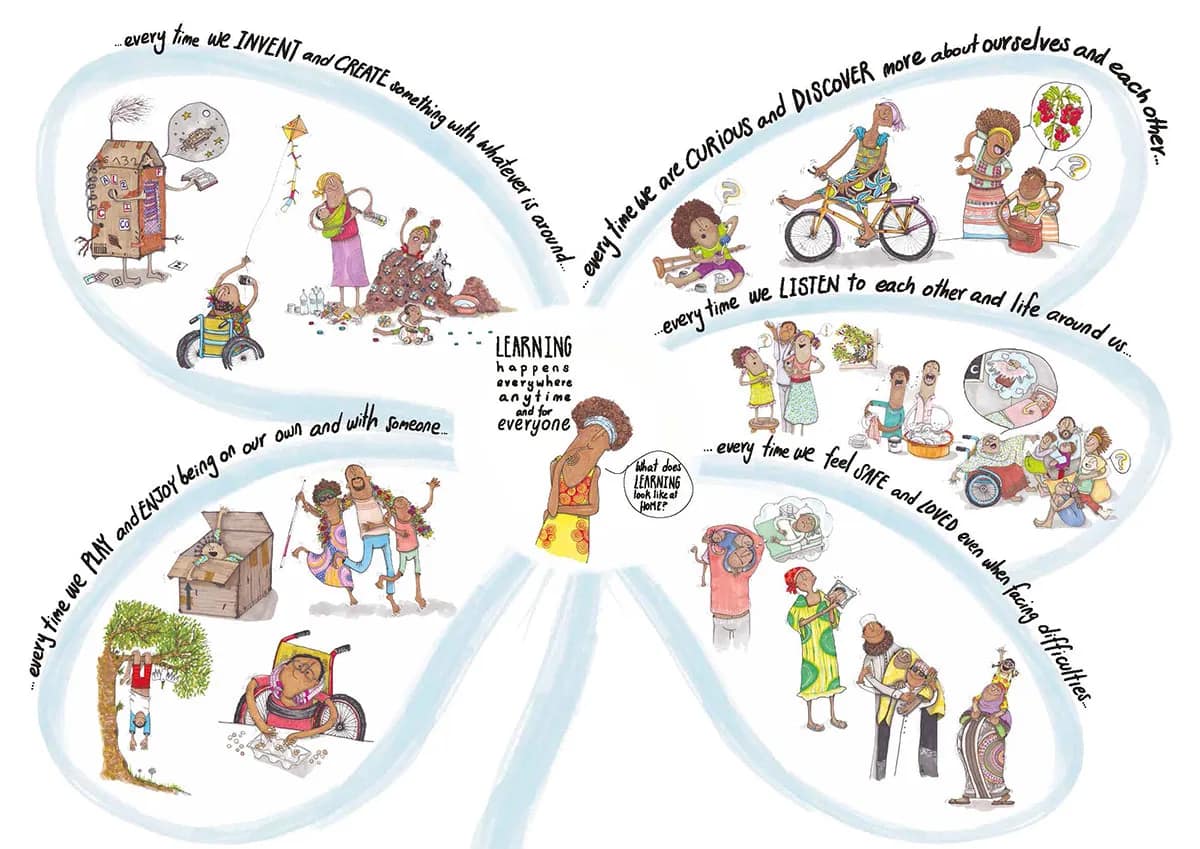These guidelines provide a comprehensive overview of inclusive development in Vocational Education and Training (VET).
Chapter 1 introduces marginalised populations, explores internal and external barriers, and familiarizes readers with group-specific terminologies. It emphasizes the benefits of inclusive VET for all.
Chapter 2 delves into the legal, theoretical, and formative aspects of inclusive VET, covering international human rights tools, SDGs, VET models for marginalized groups, and the twin-track approach. It addresses common barriers, universal design, accommodation, safe spaces, inclusive language, and practical advice for inclusion.
Chapter 3 guides readers in developing inclusion policies for VET institutions, outlining steps from preparation to monitoring and evaluation.
Chapter 4 inspires VET instructors with diverse group work and assessment approaches, ensuring the inclusion of marginalized learners.
Chapter 5 describes an inclusive labor market and job center, explaining the demands and needs of stakeholders on both sides, with references to legislative support.
Chapter 6 introduces stakeholders in inclusive VET and labor markets: public and private service providers, companies, NGOs, and OPDs.




